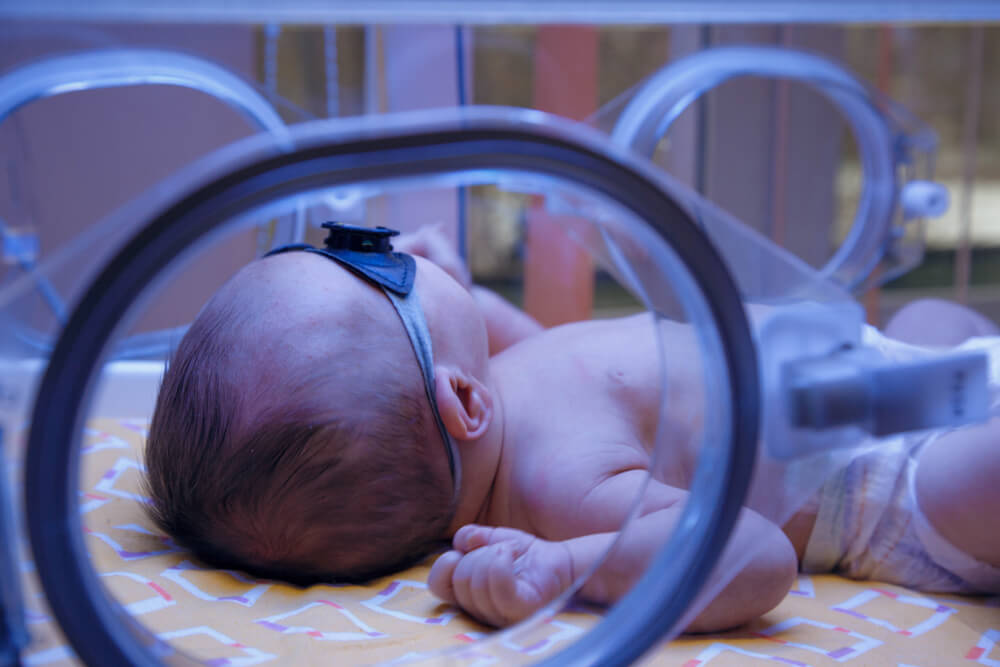Does Cerebral Palsy Cause Intellectual Disabilities?
Due to the brain damage that causes cerebral palsy, children may also have difficulty processing spatial and auditory information. As many as 30 to 50 percent of those with cerebral palsy will also be intellectually impaired.
Other Common Conditions in Patients With Cerebral Palsy
Cerebral palsy is often accompanied by one or more conditions relating directly to the brain damage or malformation, arising as a result of these direct conditions, or are associated in some tangential way with cerebral palsy. These various types of conditions are called primary conditions, secondary conditions, and associated conditions. These medical issues can be categorized as sensory in nature, developmental, or life-disrupting.

